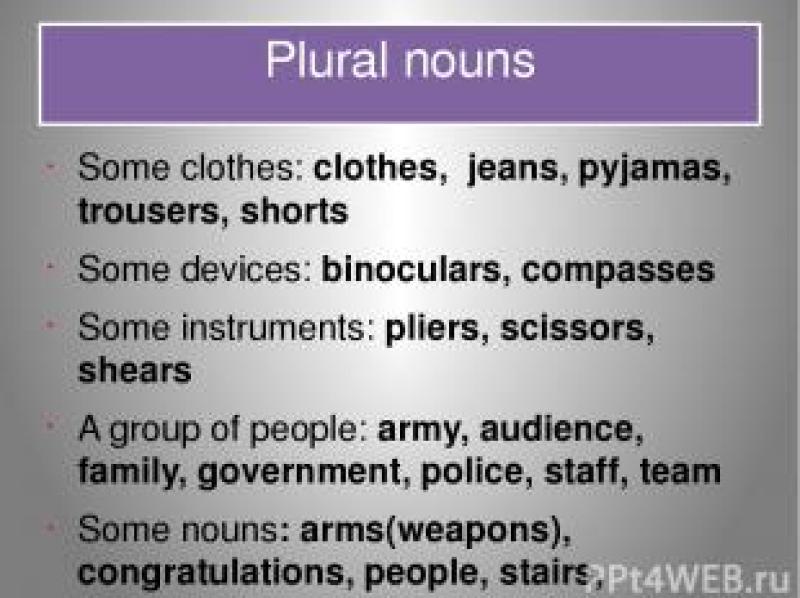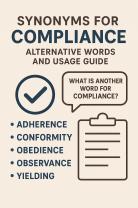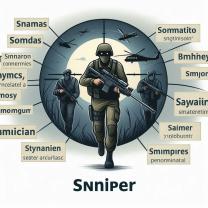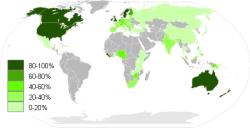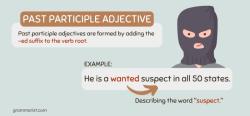Which nouns are used in the plural only?
Certainly! Here are examples of nouns that are used exclusively in the plural form:
Scissors: The cutting tool used for various purposes.
Pants/Trousers: Clothing worn on the lower part of the body, covering each leg separately.
Glasses: Spectacles used for vision correction or as an accessory.
Shorts: Clothing worn on the lower body, similar to pants but shorter in length.
Shears: A cutting tool used for various applications, often for cutting fabric or trimming plants.
Tweezers: Small, pincer-like tools used for plucking hair or handling small objects.
Pliers: Handheld tools with jaws used for gripping, bending, or cutting.
Forceps: A type of tweezers used in medical or scientific procedures.
Tongs: Utensils with two arms and pivoted ends, used for grasping or lifting objects.
Savings: Money set aside for future use or investments.
Earnings: Income or profits obtained from work or investments.
These nouns inherently refer to items that are either naturally plural (like scissors, pants) or denote a collective tool or financial concept (savings, earnings) that doesn't have a singular form.
Examples of nouns that exist only in the plural form
Nouns that exist only in the plural form are called pluralia tantum. These nouns are inherently plural and do not have a singular form. Here are some common examples of pluralia tantum nouns in English:
Apparel: trousers, pants, shorts, jeans, overalls, pajamas
Body Parts: lungs, intestines, scissors, glasses, binoculars
Food: beans, peas, lentils, pasta, rice, noodles
Games: checkers, chess, bingo, billiards, charades
Measurements: years, miles, inches, pounds, ounces
Social Groups: family, people, clergy, police, staff
Tools: pliers, tweezers, shears, chopsticks, binoculars
Understanding the concept of "pluralia tantum" in English grammar
Pluralia tantum nouns are a unique grammatical category in English. They differ from regular plural nouns, which can be both singular and plural, by only existing in the plural form. This means that they do not have a corresponding singular form.
The reason why pluralia tantum nouns exist is not always clear. Some linguists believe that they arose from a combination of factors, such as:
Collective nouns: Some pluralia tantum nouns represent collective groups, such as "people" or "family," which are inherently plural.
Abstractions: Some pluralia tantum nouns represent abstract concepts, such as "scissors" or "trousers," which are not typically considered as individual entities.
Linguistic evolution: Over time, some nouns may have lost their singular forms due to linguistic changes or shifts in meaning.
Identifying and using pluralia tantum nouns correctly
Identifying and using pluralia tantum nouns correctly can be tricky due to their inherent plural nature. Here are some tips for using pluralia tantum nouns effectively:
Recognize the plural form: Pluralia tantum nouns always exist in the plural form. Do not attempt to use them in the singular form.
Use plural verbs: Pluralia tantum nouns take plural verbs. For example, you would say "scissors are sharp" or "people are diverse."
Use plural pronouns: Pluralia tantum nouns take plural pronouns. For example, you would say "they are a family" or "they are the police."
Pay attention to context: The specific context of a sentence may help you determine whether a noun is pluralia tantum or regular plural.
Remember, pluralia tantum nouns are a fascinating aspect of English grammar that adds richness and complexity to the language. By understanding and using them correctly, you can enhance your writing and speaking skills.
